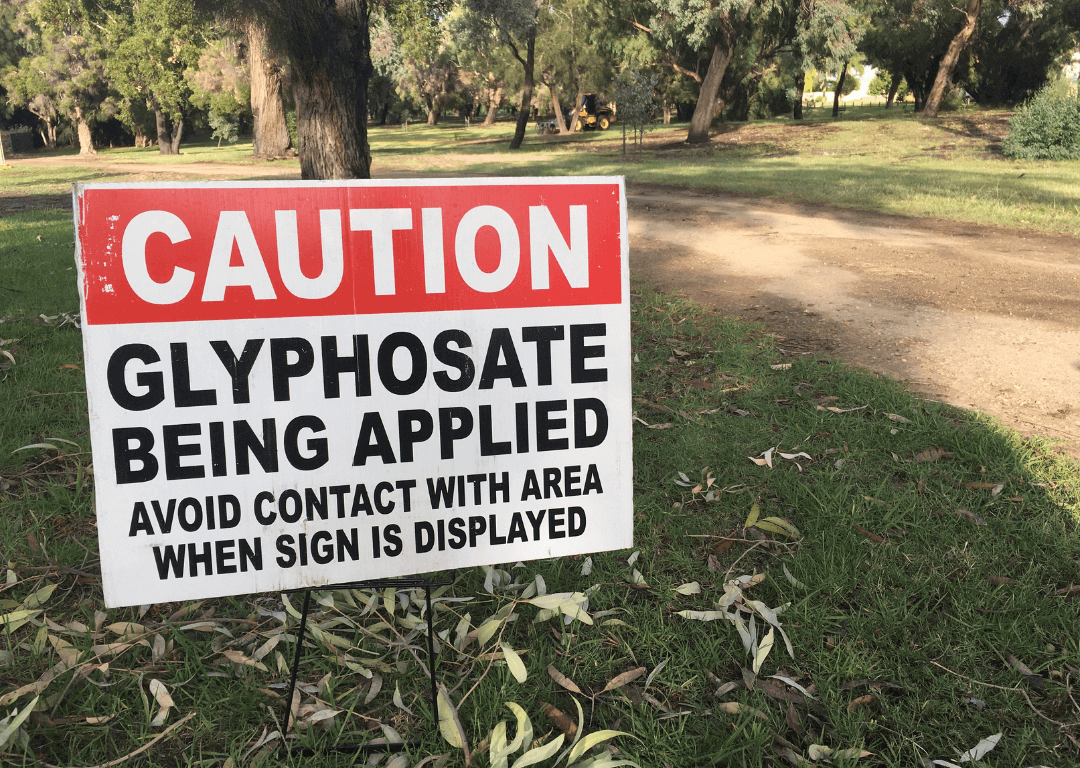In recent years, glyphosate, the primary ingredient in RoundUp, has become a topic of intense debate and scrutiny. While this herbicide has played a significant role in agricultural production worldwide, concerns have been raised about its potential environmental and health impacts. Let’s delve into the implications of glyphosate contamination on water ecosystems and explore potential solutions to mitigate its effects.
Understanding Glyphosate:
Glyphosate functions by inhibiting the growth of plants, disrupting their ability to assimilate certain proteins. However, genetically modified organisms (GMOs) have been engineered to resist glyphosate exposure, allowing crops like corn, soybeans, and cotton to thrive in the presence of glyphosate.
Environmental Concerns:
Studies have detected glyphosate in various bodies of water, including ponds, lakes, rivers, and even rainwater. The widespread presence of glyphosate raises concerns about its impact on aquatic life. For instance, research has shown that even moderate amounts of glyphosate can have devastating effects on amphibians, such as frogs, within aquatic ecosystems.
Human Health Risks:
Glyphosate has been linked to health issues in humans, including lymphoma and kidney disease. The World Health Organization (WHO) classifies glyphosate as a “probable” carcinogen, prompting regulatory agencies and consumer groups to scrutinize its usage more closely.
Controversy and Debate:
While some argue that glyphosate is essential for weed control and agricultural productivity, others question its long-term safety and sustainability. The scientific community remains divided on the issue, with conflicting studies adding to the controversy surrounding glyphosate’s potential harm to both the environment and human health.
Proposed Solutions:
In light of these concerns, there is a growing interest in exploring alternative methods for managing weed growth and reducing glyphosate contamination in water ecosystems. One proposed solution is precision aquatic harvesting, which involves identifying aquatic plants with high glyphosate absorption rates and using them to extract or absorb the herbicide from contaminated water bodies.
Conclusion:
The widespread use of glyphosate presents complex challenges that require careful consideration of both environmental and human health impacts. As we continue to debate the future of glyphosate usage, it’s essential to explore innovative solutions that prioritize the health of our water ecosystems and the well-being of future generations.
References:
- EPA – Contaminated Sediment in the Great Lakes
- National Geographic – Glyphosate and RoundUp
- PubMed – Glyphosate Toxicology
- The New Yorker – RoundUp and Risk Assessment
- The New York Times – Concerns Over Glyphosate
- Reuters – Health Study on Glyphosate
- Scientific American – Glyphosate and Health
This blog post explores the complex issues surrounding glyphosate contamination in water ecosystems and the ongoing debate over its environmental and health impacts.

